Using Microsoft. This article captures some settings / features in Microsoft Windows which I find useful.
1. Shortcuts
1.1. Windows
-
WindowsKey+d - Hide / restore all applications
-
WindowsKey+m - Minimize all applications
-
WindowsKey+r - Open the run dialog
-
WindowsKey+Pause - Opens the settings dialog
1.2. Outlook
| Shortcut | Description |
|---|---|
Ctrl+1 / Ctrl+2 / Ctrl+3 / Ctrl+4 |
Switch to Mail / Calendar / Contacts / Tasks |
Ctrl+n |
Neu Email |
Ctrl+Enter |
Send Email |
Ctrl+r |
Reply Email |
Alt+F4 |
Close Email |
Ctrl+Shift+r |
Reply to all |
Ctrl+Q |
Mark as read |
Ctrl+U |
Mark as unread |
2. Windows Settings
2.1. Environment Variables
To set the windows environment variables, select . To check the content of a variable, open a command shell and type echo%VARIABLE_NAME%
2.2. Search (Microsoft and Google)
The following search term will work on Microsoft search and may work on Google Desktop search.
| Command | Description |
|---|---|
mars to:Jim |
Messages with the keyword "mars" to the user Jim. |
attachment:mars |
All emails that have an attachment named mars |
mars filetype:jpg |
mars stuff with pictures |
from:Jim created: 23.04.2007 |
Stuff from Jim created on 23.04.2007 |
"mars rover" |
Email with the phrase "mars rover" |
mars +photos -rover |
mars +photos -rover |
2.3. Turn off the dynamic menus
If you do not what dynamic menus in Windows → Programs, select men:Settings[Taskbar and Start Menu > Tab Start Menu > Classic] and press Customize.
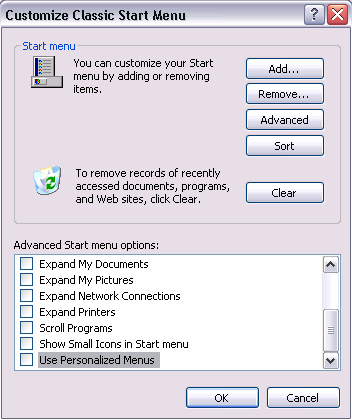
If you do not like the dynamic menus in winword / excel / powerpoint, select tools → customize and then select "Always show full path name".
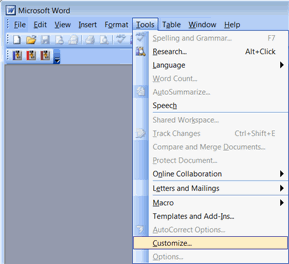
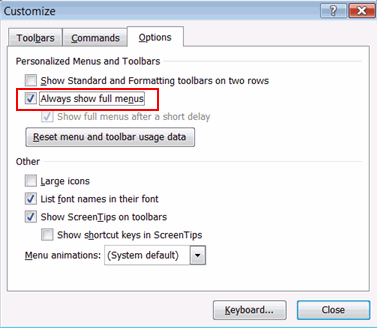
3. Excel
3.1. Simultaneously editing of one excel spreadsheet
Excel allows to edit it with several persons at the same time. To activate this, select the following.
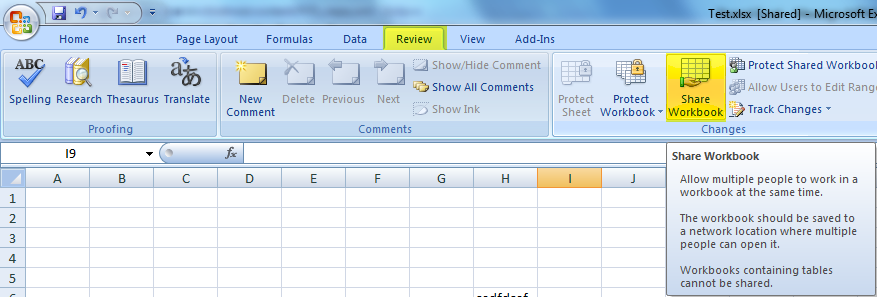
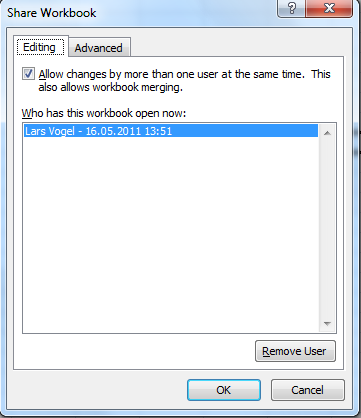
4. Winword
4.1. Add Macrobuttons
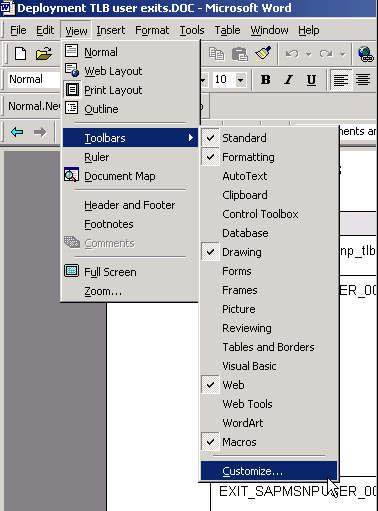
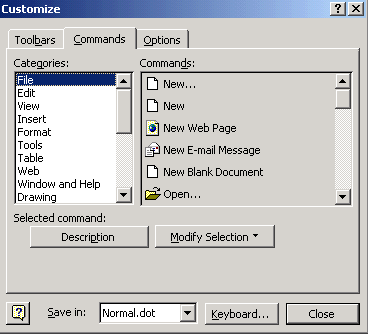
Go to the menu entry Macro and click on it. Select the macro you want to assign to a push button, hold left mouse button and drag it to the menu.
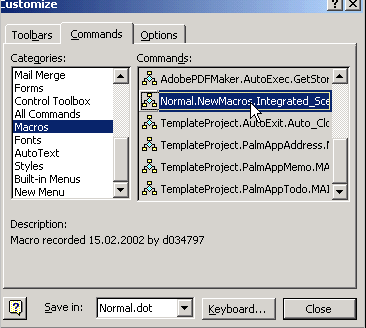
In customizing click on the macro button and press the right mouse button. Rename the button to a reasonable name.
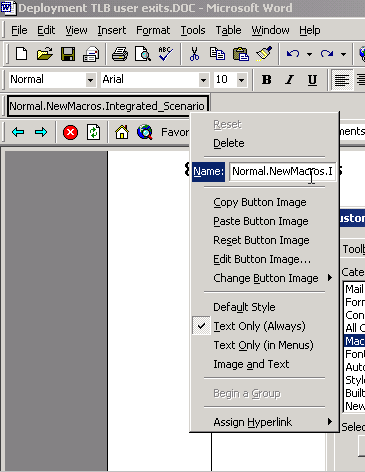
5. Powerpoint
5.1. Apply master layout to slide
Press Ctrl+Space to apply the master slide layout to the slide.
6. Appendix: Additional Windows Settings
6.1. Language Settings for Office
To change the language in which office works, select the following.

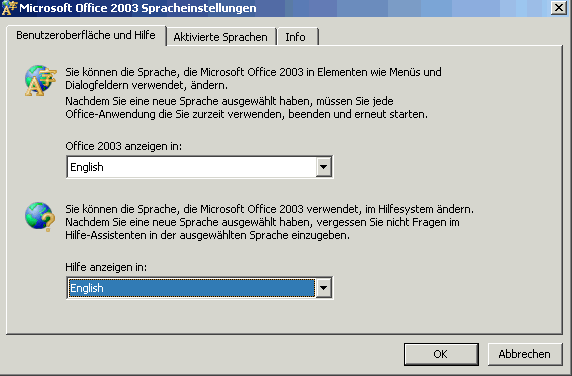
6.2. Language Settings
Click on Details and then Key Settings
6.3. Map a network drive
You can map a network driver to a local driver which make it easier to access it.

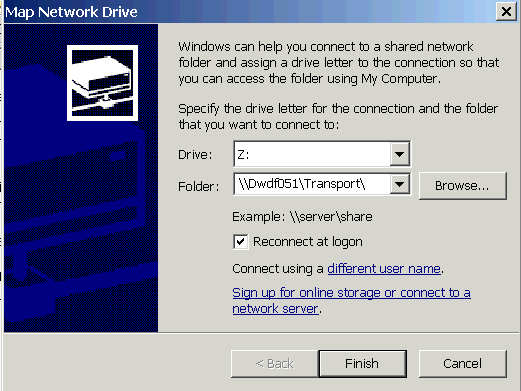
6.4. Create a link toolbar
If you want to have quick access to your folders / network drivers you can create your own toolbar and put your links into it.
Right-click on the toolbar and select toolbar → own toolbar.
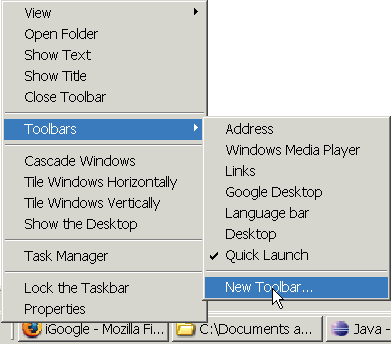
Right-click on the toolbar and select toolbar → own toolbar.
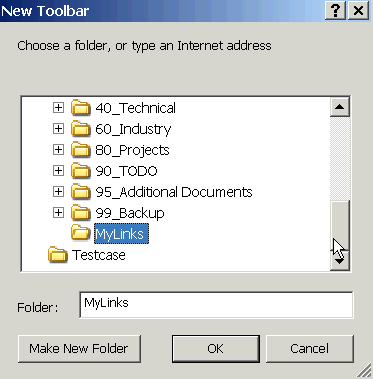
You can now pull the new toolbar on your desktop and then position it for example at the top of your screen. Fill the folder with links and you will have easy access to your folders.


7. Links and Literature
No resources listed yet.
7.1. vogella Java example code
If you need more assistance we offer Online Training and Onsite training as well as consulting



